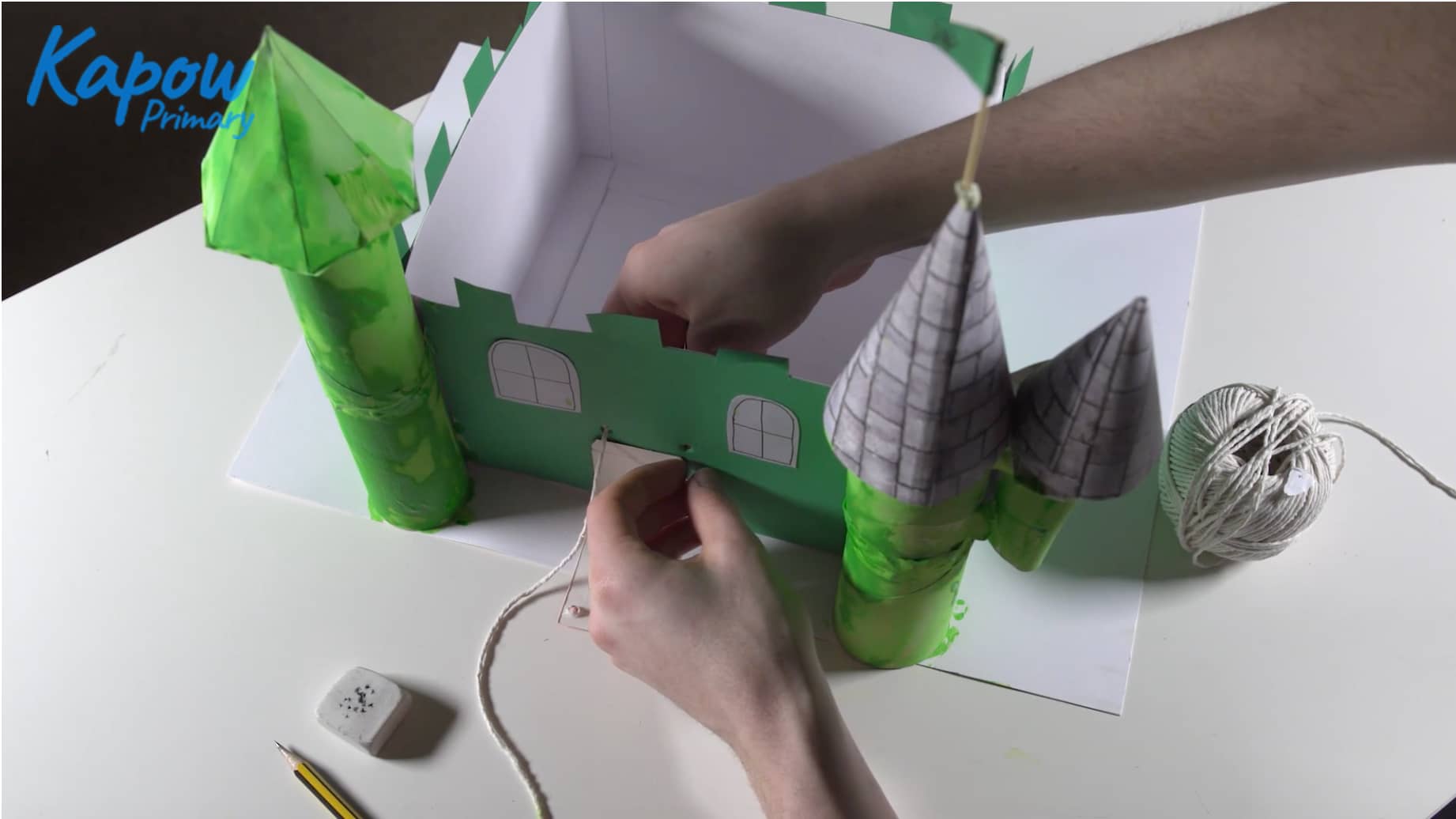Short Of Curriculum Time For Design And Technology?
Written by Kapow Primary
Published on 9th September 2020
Last Updated: 29th February 2024
Written by Kapow Primary
Published on 9th September 2020
Last Updated: 29th February 2024

It can be especially daunting to fulfil all aspects of the curriculum in a broad and balanced way whilst upholding a high standard of teaching and learning, but it is possible. Below are some suggestions to help you maximise your Design and technology lesson time.
The design and technology curriculum homes in on the four main aspects of the design process, as well as a focus on cooking and nutrition:
By taking an iterative approach through the steps above (Design, Make, Evaluate), it will ensure that pupils’ learning is focused upon designing for purpose and the expressing and planning of ideas which are underpinned by technical knowledge and understanding.
It’s important to give children time to reflect upon their ideas as they work through the projects, to identify and address any misconceptions and reinforce new concepts. It’s through this journey that children will harness and demonstrate their richest learning, as it’s not always demonstrated solely in the final outcome.
N.B. Before beginning a new unit, establish a solid expectation and routine of health and safety standards for both children and staff to follow. Refer to our Design and technology Risk assessment for further guidance.
Please also see our long-term condensed curriculum for further guidance.
Differentiated Evaluation templates are available for pupils to reflect and evaluate their projects. The four different versions offer a range of options depending upon time scales and pupils’ abilities. Space has been provided for drawings, diagrams or photographs of their final outcomes and they can be edited to adapt them to your requirements.
Use this handy design challenge sheet as a homework task to help encourage children to think outside the box beyond your usual Design and technology time. You could focus this activity on solving a particular problem, or even something fictional, or make it more personal to the child and allow them to develop designs ideas for something of their choosing.